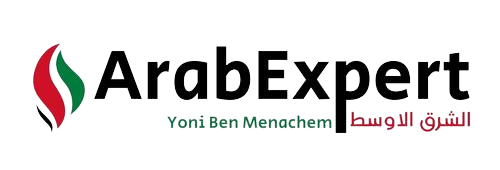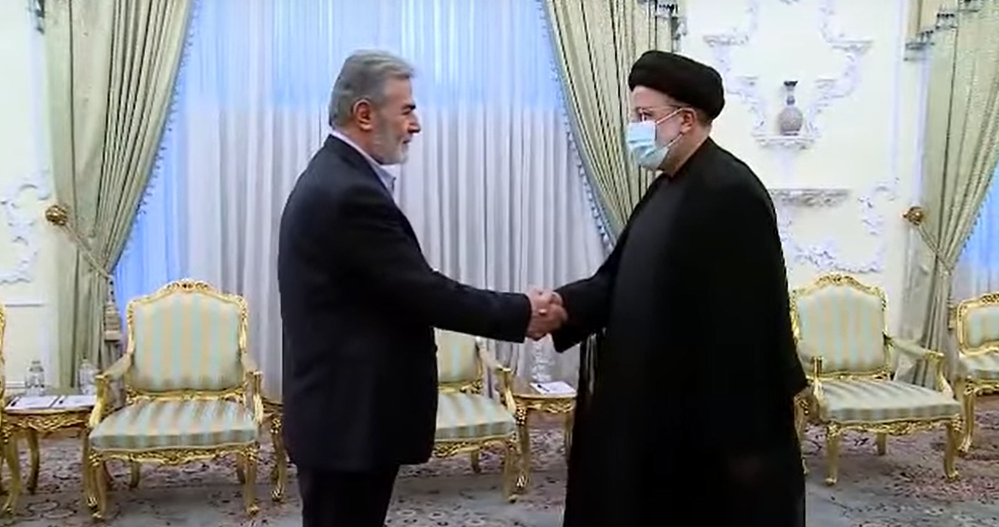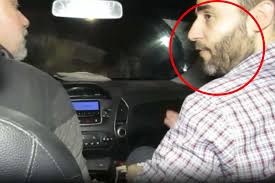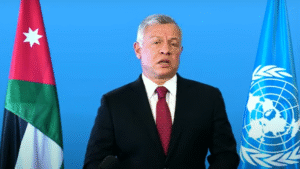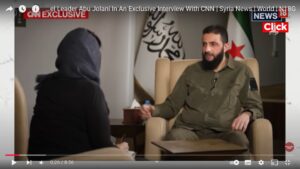Senior Israeli security officials underscore that Iran is a driving force behind the rise of terrorism in Judea and Samaria, pushing groups like Hamas and Islamic Jihad to expand their attacks from northern Samaria to encompass the southern and central regions.
These efforts exploit the vulnerabilities in the Palestinian Authority’s security apparatus.
Yesterday’s tragic shooting incident in the Mount Hebron area, which claimed the life of an Israeli citizen and seriously injured another, can be directly linked to Iran’s calculated encouragement and financial backing of terrorism.
During a visit to the attack site, Prime Minister Netanyahu stated, “We are in the midst of a terrorist attack that is deliberately encouraged and financed by Iran and its proxies.”
Defense Minister Galant echoed this sentiment, emphasizing, “The attack was carried out under Iran’s direction, as part of their ongoing quest to harm the citizens of Israel. The most notable shift on the ground can be traced to Iranian funding.”
In response, both the Israeli Defense Forces (IDF) and Shin Bet are tirelessly pursuing the terrorist groups responsible for the Mount Hebron attack, as well as the assailant behind the August 19th incident in Hawara village, Nablus.
Security experts predict an escalation in attacks by these terrorist organizations in the lead-up to the upcoming holiday season.
For the first time since the second intifada, Israel faces a new security landscape in Judea and Samaria, where Iran is orchestrating a relentless attrition war through Hamas and Islamic Jihad. Their focus on northern Samaria extends to threatening other regions, particularly Hebron.
Iran and these terrorist groups aim to depict the current wave of violence as a third intifada that engulfs all parts of Judea and Samaria, presenting Israel with an unprecedented security challenge.
Even the Palestinian Authority acknowledges its struggle to counter Iran’s active involvement in northern Samaria, thereby underscoring the gravity of the situation.
Iran’s core objective is to undermine the authority of Palestinian Chairman Mahmoud Abbas and transform Judea and Samaria into a hostile front against Israel.
Consequently, over the past two years, Iran has significantly escalated the flow of funds and weapons to Hamas and Islamic Jihad in the region, striving to incorporate it into their strategy, reminiscent of General Qassem Soleimani’s approach.
In recent months, Hamas has successfully established a terrorist infrastructure in the Jenin area, manufacturing and launching rudimentary rockets toward Israeli settlements.
Meanwhile, the Islamic Jihad has established around 30 new terrorist cells, termed “battalions,” in Judea and Samaria since the conclusion of the “Guardian of the Walls” operation in May 2021.
Iran is investing substantial resources in this war against Israel, with security estimates indicating that the country transfers billions of shekels annually to various terrorist organizations, including Hezbollah and Hamas.
In the past year, Iran provided around $700 million to Hezbollah and approximately $100 million to Hamas.
Ziad Al-Nakhallah, Secretary General of the Islamic Jihad, disclosed that Iran allocates $150 million to Hamas annually.
Simultaneously, Iran is intensifying its efforts against Israel while undergoing a shift in its regional approach towards Gulf states.
Although it has adopted a temporary more moderate stance, evidenced by renewed diplomatic relations with Saudi Arabia, and discussions with the Biden administration regarding a prisoner exchange and temporary nuclear agreement, Iran’s primary target remains Israel.
Israel is the focal point in Iran’s efforts to unify all fronts against it, weakening its strength and establishing a foundation for the broader liberation of “Palestine.”
The threat posed to Israel from Judea and Samaria is significant. Armed terrorist groups originating in northern Judea and Samaria target IDF soldiers, settlers, and even urban centers in Israel.
Recognizing the need for a more comprehensive response, the Israeli security apparatus understands that the IDF must engage more extensively with these groups.
The brief operation in the Jenin refugee camp to counter armed terrorist cells was insufficient, as the terrorists swiftly reconstructed their infrastructure post the IDF’s intervention.
Urgently, a large-scale military operation by the IDF and Shin Bet against terrorist networks in Jenin, Nablus, and Tulkarm, particularly in the refugee camps where terrorists hide, is essential.
Iran’s attempt to create a regional defense shield for armed terrorist groups in Judea and Samaria, coupled with threats of launching a multi-front campaign from Gaza, southern Lebanon, Syria, and Yemen in response to IDF action, underscores the gravity of the situation.
